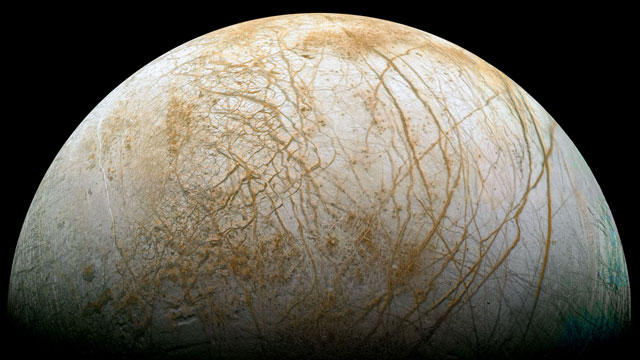
The Beresheet crash landed on Earth's Moon in 2019. Part of the ill-fated Israeli lunar lander's payload was a bunch of tardigrades, or "water bears." These organisms are under a millimeter long and can survive extreme cold and radiation by expelling nearly all their moisture before entering a nearly death-like state. The Beresheet tardigrades may have survived the crash and could, potentially, be resurrected by being reintroduced to water.
The tardigrades—sometimes called moss piglets—are safely asleep and probably not running amok on the surface of the Moon. But, in general, scientists, governments, and space agencies around the world agree that bringing Earth's life to extraterrestrial locales, or vice versa, isn't great.
A new paper builds on the growing body of literature about this cosmic no-no and draws on the burgeoning field of invasion science—the research of how, on Earth, non-native species spread to and alter new locations. The zebra mussel's spread across North America through its ability to outcompete native species is a classic example.
Right now, when it comes to other celestial bodies, humans are more likely to find or introduce microorganisms rather than filter-feeders (or anything big). "The ecosystem concept is a very general concept. It doesn't just apply to lakes or forests," Anthony Ricciardi—a McGill University biologist and one of the authors of the paper—told Ars.
According to Ricciardi, humanity is still a way off from finding life out among the stars—and, thus, finding alien ecosystems in which to introduce our Terran microbes. But, as we jet out to other worlds, we should start using the field of invasion science to keep Earth free from alien microorganisms and alien planets safe from ours.
"It seems to me that these kinds of multidisciplinary or grand problems require collaborations," he said. "Given the issue of potential biological contamination associated with space flight, my colleagues and I advocate for apply the insights of invasion science to security at a planetary scale."
Life, uh, finds a way
As human spreads further afield, we may very well encounter life on other celestial bodies. So far, those life-forms are mostly expected to be microbial, though some experts suspect that Europa, one of Jupiter's moons, could host multicellular life. Conceivably, we could take our own, homegrown microbial life to those planets where they could, hypothetically, survive, thrive, and potentially harm the local environment.
If this seems unlikely, it's worth remembering that our world is home to a great many extremophiles (organisms that live in seemingly impossible locales, like near volcanos). Moreover, bacteria survived on the outside of the ISS for around a year. Space agencies like NASA do their best to only send wholly sterile things into space—but even their clean rooms aren't wholly free of microbial life. Some experts have questioned whether we may have already introduced alien life (from a Martian perspective) on the red planet via our landing efforts.
This sort of contamination may pose risks for Earth. A mission could contaminate a planet with microbes, the microbes could spread and adapt to the climate, and then a subsequent mission could swing by and pick up some of the evolved (but not wholly alien) life-forms and bring them back to Earth.
If some of the environments we encounter in space are particularly small and insular, they may also be more vulnerable to invasion. This is often the case on terrestrial islands. Biological invasions can be devastating. "We have decades of research that have taught us how vulnerable these systems can be," said Ricciardi. "They can suffer ecological disruptions if the wrong species is introduced."
You must login or create an account to comment.